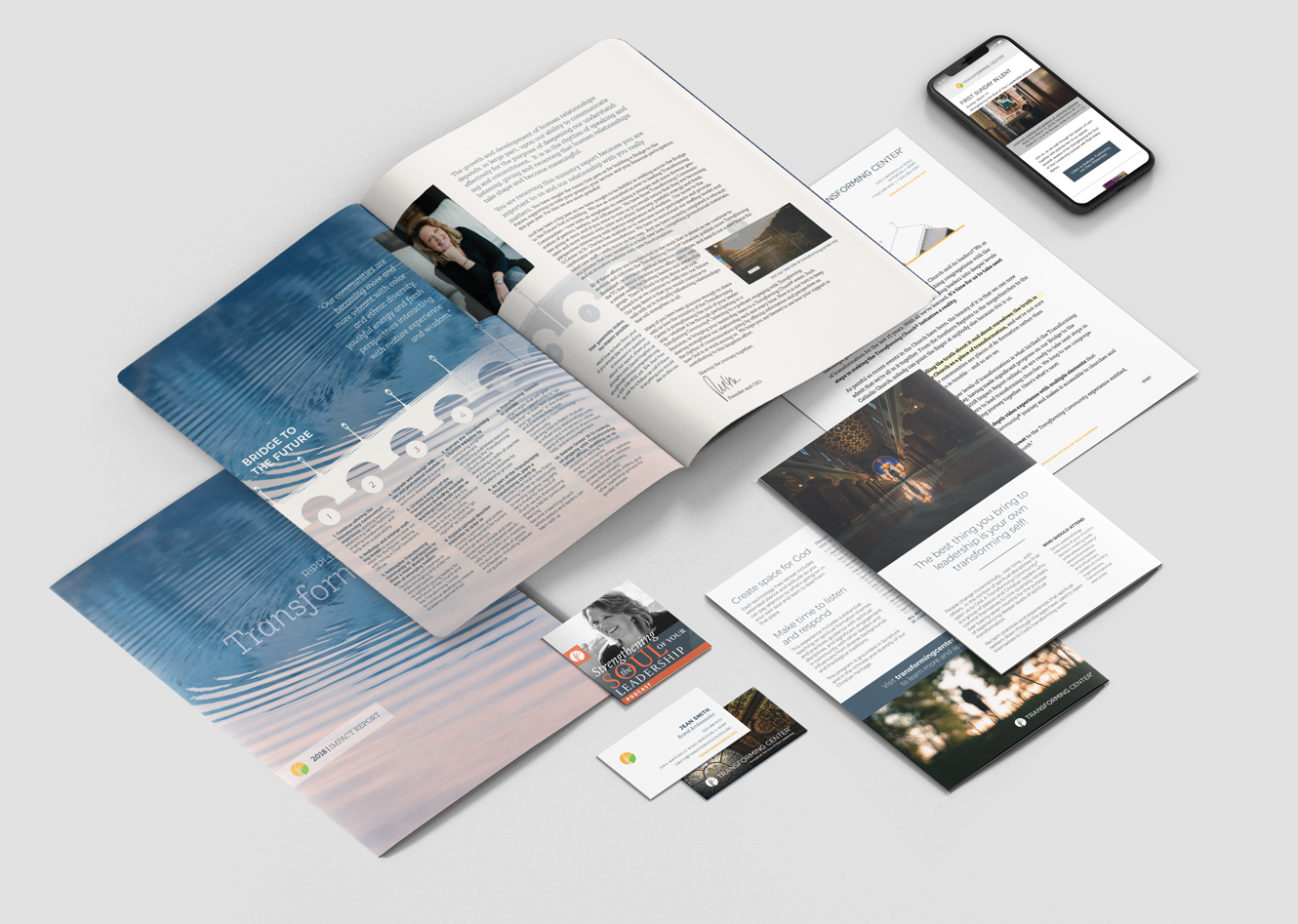
Nonprofits’ marketing strategies can make or break the organization, and in an ever changing world, you need to be constantly assessing the effectiveness of your efforts. Most importantly you want a well rounded marketing and fundraising plan and strategy.
Here are three tips from a nonprofit marketing agency’s perspective how how to have a well rounded nonprofit marketing strategy for this year.
1. Use Print and Web Together
Media-watchers have ranted and raved about the end of print and paper for over a decade now. But print and the web are not at odds, rather they can actually work together to create a comprehensive branding and marketing plan. Direct mail is still making money and is an effect part of a marketing strategy for nonprofits. Studies have shown, 163% increase in revenue was reported by websites supported by print media, and 93% of online responses were driven by direct mail promotions in 2015.
But make sure you’re paying attention to how you are using direct mail. The rise of the internet should not stop you from mailing, but instead evaluate what you are doing with your mailing. Analyze who you are sending to and try sending less mail that’s better than more mail that’s ineffective. You’ll save a lot of postage and still reach your loyal donors.
So here is tip number one– make sure you have a well rounded marketing strategy with a strong direct mail plan and a strong online presence. M+R’s 2015 Benchmarks found that online revenue was up 13 percent between 2013 and 2014. Millennials now make up the largest generation in the workforce this year, and statistics show they are more willing and likely to give via their phone or online. Each demographic has different push points, and when you have a comprehensive plan that uses both mail and web, you will find success.
2. Social Media
Social media is nothing new, but it is surprising how many businesses do not take full advantage of having a social media presence. Social media is a free tool that allows you to advertise to your community of followers and subscribers. As more and more businesses are realizing the potential of social media, it is becoming apart of the foundation of a good marketing strategy.
Here are some statistics to back up our claims:
- 46% of web users look towards social media when making a purchase.
- 67% of Twitter users are far more likely to buy from brands they follow on Twitter.
- Over 90% say they businesses on Twitter to get discounts and promos.
However, before social media can be utilized, you must have a strong website or webpage. Without a destination to bring your donors or followers to, social media is a waste of time and useless.
3. Make the Move to Mobile
This one step is key to the helpful tips above. The acceleration of the mobile usage is growing dramatically, and you need to make sure your marketing plan is keeping up. It takes a shift of thought from where the marketing mind used to be even 5 years ago. It means thinking mobile first.
Thinking mobile first doesn’t mean spending thousands on a new app, but it does mean taking a careful look at what you do have already and making adjustments to fit it into a smaller screen. This may sound daunting, and moving a whole website to be mobile friendly might not be a short-term possibility. However, your fundraising and donor numbers will show an improvement over time, by at least making your giving or donation webpage mobile friendly.
The basic principle of fundraising is to make every option easy for your donors, and when the majority of people are spending time on their phone, you need to make the move to mobile.
If you would like to see how your website is performing, click below for a free website evaluation!





















